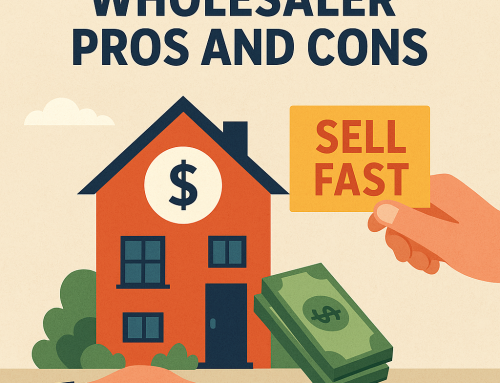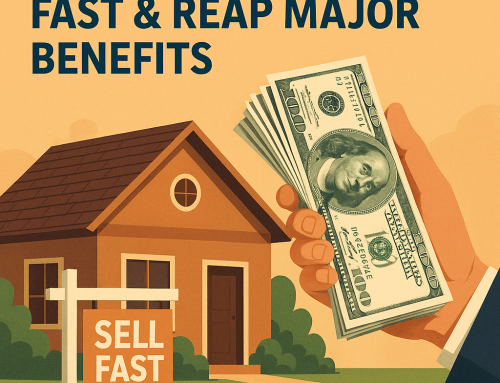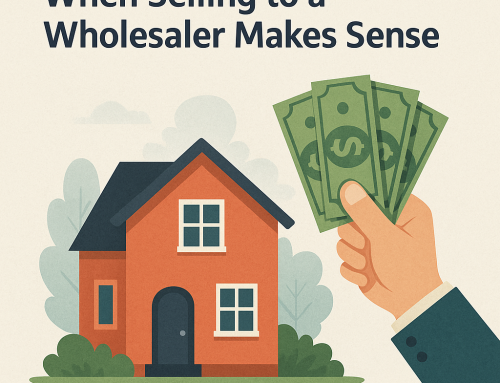- The True Cost of Selling a Home
- 1. Real Estate Agent Commissions
- 2. Closing Costs
- 3. Repairs and Renovations
- 4. Staging Expenses
- Taxes and Other Hidden Fees
- 5. Property Taxes
- 6. Home Warranty Costs
- Maximizing Your Cash Offer
- Conclusion
When planning to sell your home, many homeowners focus on the potential cash for home offers without fully considering the hidden selling expenses that can accumulate. Understanding these costs is crucial for maximizing your profits and ensuring a smooth transaction. By uncovering these hidden expenses early on, you can strategize better and even sell your home fast.
The True Cost of Selling a Home
Selling a home comes with more than just having potential buyers walk through your front door. It’s important to delve into the various expenses that might arise during the selling process. The following sections will shed light on common hidden costs, helping you to prepare effectively.
1. Real Estate Agent Commissions
For many, hiring a real estate agent is the first step in the home-selling process. While agents can help you sell your home faster and navigate complex paperwork, their commissions typically range from 5% to 6% of the sale price. This is a significant chunk of your earnings, so it’s essential to factor this into your calculations when considering cash for home offers.
2. Closing Costs
Closing costs can catch sellers off-guard. These may include title insurance, escrow fees, and attorney fees, typically amounting to 2% to 5% of the sale price. Knowing these figures allows you to gauge how much cash you’ll actually receive at closing. Exploring options such as bypassing traditional closing may be beneficial if you aim to sell your home fast.
3. Repairs and Renovations
It’s wise to present your home in the best light possible. This often means making repairs or improvements. Whether it’s fixing a leaky faucet or repainting walls, these costs can add up quickly. If you are considering cash for home offers, be aware that many cash buyers may request repairs or offer a lower price based on the condition of the property.
4. Staging Expenses
First impressions matter, especially in real estate. Staging can increase your home’s appeal, but it comes at a cost. Hiring a professional stager or renting furniture can be an additional expense that not every seller initially anticipates. Weighing the benefits of staging against the costs is essential for achieving the best possible price.
Taxes and Other Hidden Fees
5. Property Taxes
Depending on local laws, you may be responsible for paying property taxes for the current year up until the date of sale. It’s crucial to stay informed about your tax obligations and calculate how much you’ll need to allocate for this expense when planning your finances.
6. Home Warranty Costs
Offering a home warranty to potential buyers can make your property more attractive, providing peace of mind regarding potential repairs post-sale. While this can be a selling point, remember that the cost of a warranty is yet another expense that needs to be considered.
Maximizing Your Cash Offer
To foster a smooth selling process and maximize your cash for home, consider consulting with professionals or using online calculators to estimate all potential costs. This proactive approach allows you to create a well-informed budget and prepare for negotiations.
Conclusion
Selling a home involves various hidden expenses that can affect your overall profits. By identifying these costs early and incorporating them into your selling strategy, you put yourself in a better position to sell your home fast and with fewer surprises. Whether you are a first-time seller or have been down this road before, understanding these hidden expenses will ensure that you’re fully prepared for what lies ahead in the real estate market.




